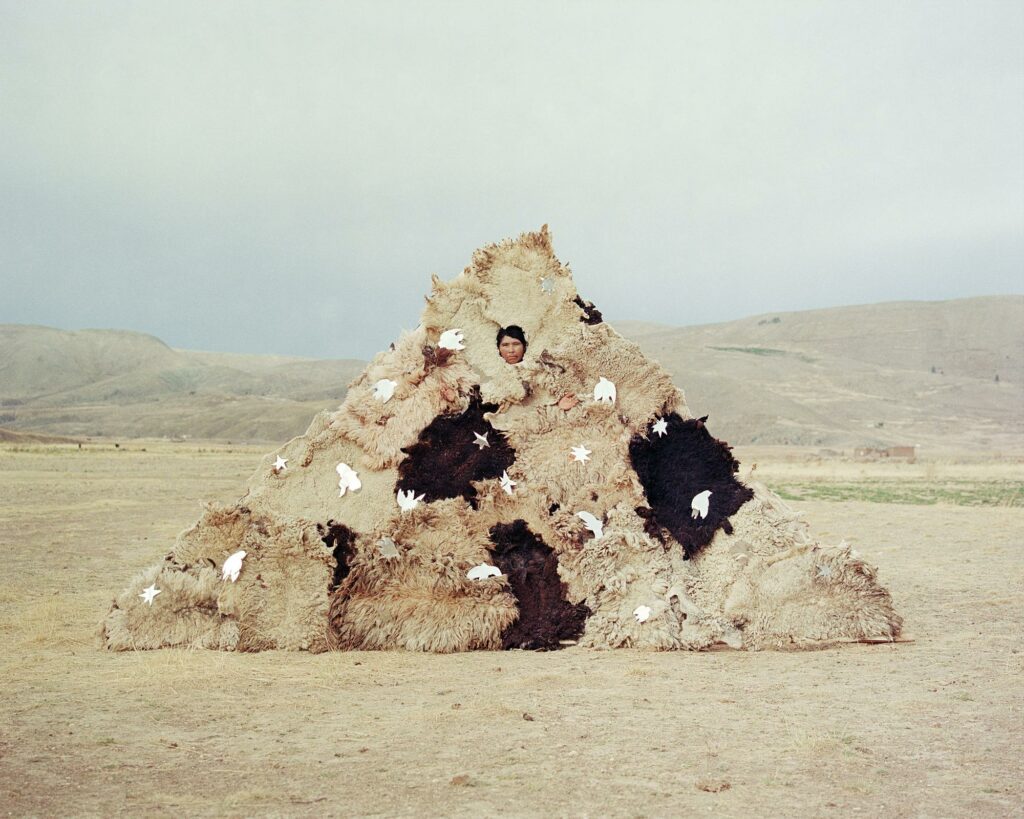River Claure is a Bolivian photographer and visual artist known for his meticulously constructed portraits and magical landscapes. In his work he questions both dominant notions of cultural identity and the importance of photographic images to our sense of reality. The son of an emigrant family from a small community in the Andean Altiplano, Claure grew up in the city experiencing the tensions between his own indigenous roots and the urban realities of the early 21st century. Trained first in his hometown of Cochabamba, he later studied contemporary photography in Madrid. His work has been exhibited in different platforms and platforms and institutions around the world. He is currently presenting his latest work at the 60th edition of the Venice International Art Biennale, curated by Adriano Pedrosa. Lives and works in Cochabamba, Bolivia.

‘This ongoing project is being carried out in Llallagua, Uncia and Catavi, former mining communities in the Bolivian Andes. Since the colonial period these territories have been exploited in search of different minerals such as silver, tin and zinc, after more than five hundred years in these places the land has been exhausted, and now there are only the towns that were built around the industry and around the promises of modernity.
I started this project from my family history, both my grandfathers were miners in a silver mine in this region. They emigrated to the city in the early 70’s, looking for better living conditions and fleeing the political conflicts of the time. I was born and raised in the city like any other child influenced by the global culture. With this project I return to these sites to think about the inherent relationship between nature and history, what happened in these places can be and is an analogy of the world to come, in that sense the work becomes a purely speculative exercise. The images of this intentionally anachronistic project speculate about the end of the world, the memory of my family and our colonial relationship with the land.’ RC









More on his website



